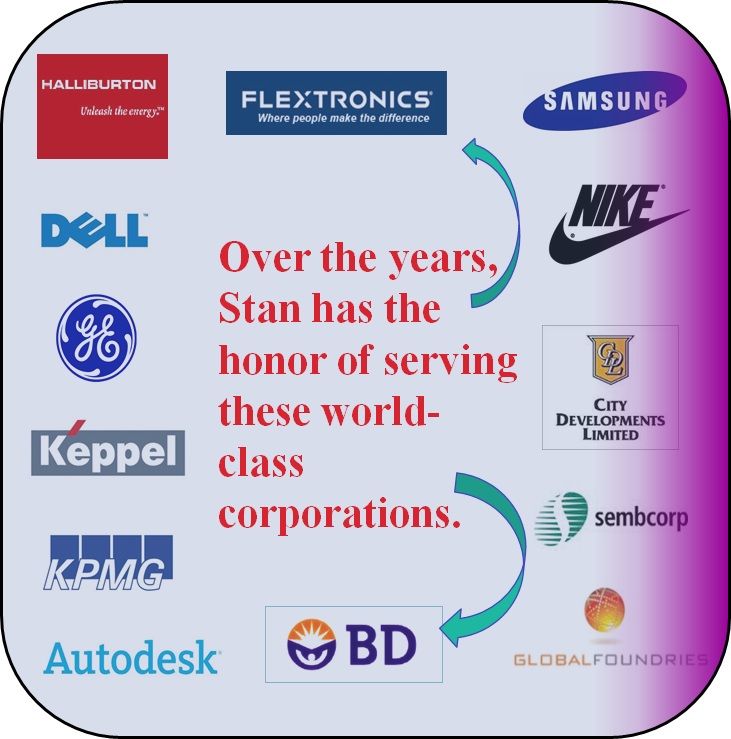Your resume is your marketing tool and should be visually pleasing. It should make the reader want to read on. It should have a simple and clean structure and is easy to read. As far as possible, try to make your resume symmetrical, balanced and uncluttered.
There should be uniformity and consistency in the use of capital letters, bullets, boldface and underlining. For example, if a period is at the end of one job's dates, a period should be at the end of all jobs' dates; if one degree is in boldface, all degrees should be in boldface.

A resume's first impression is most important. It should therefore be visually pleasing and appealing, to be inviting to the reader.
There should be uniformity and consistency in the use of capital letters, bullets, boldface and underlining. For example, if a period is at the end of one job's dates, a period should be at the end of all jobs' dates; if one degree is in boldface, all degrees should be in boldface.

A resume's first impression is most important. It should therefore be visually pleasing and appealing, to be inviting to the reader.
Ensure that there are absolutely no errors: typographical errors, spelling errors, grammatical errors, syntax or punctuation errors as well as factual errors.
All basic information is included. A resume must have the following key basic information such as your name, address, contact numbers and your email address at the top of the first page, a listing of jobs held, in reverse chronological order, educational degrees including the highest degree received, in reverse chronological order. Additional, targeted information will of course accompany this.
Listed jobs should include a title, the name of the firm and the duration of your stay with the firm.
Preferably, a resume is targeted. A resume should be targeted to your career objective, to the next step in your career. You should be clear what your career goal is, what the ideal position or positions would be. Then you should figure out what key skills, areas of expertise or body of experience the employer will be looking for in the candidate. Format the resume structure and content around your career objective target, proving these key qualifications.

Make sure that your strengths are highlighted. Focus on your strongest and most impressive traits. Make careful and strategic choices as to how to organize, order, and convey your skills and background.
Make sure that your resume has focus. A resume needs a focus to help the reader understand immediately. Think of the resume as an essay with a title and a summative opening sentence. A focus may be as simple as the name of your profession ("Financial Controller," "Marketing Director") centred under the name and address; it may be in the form of an objective or it may be in the form of a summary statement.
Try to use power words. Use the most active impressive verb you can think of for each skill, accomplishment or job described.
Cheers,
The Singapore Headhunter![]()
Facebook: www.facebook.com/stanleytan1000
Skype: stanleytan1000





